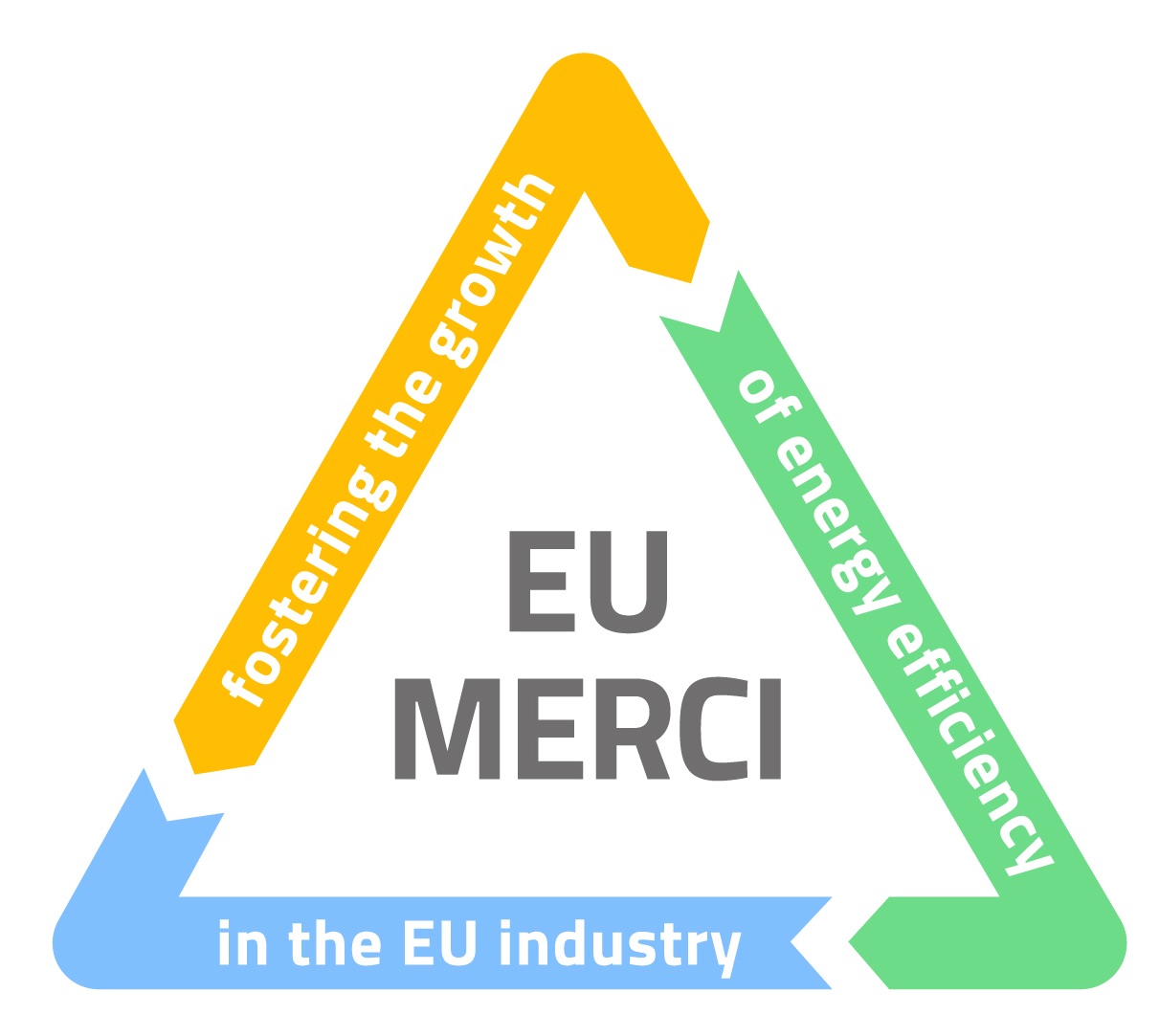- Which the trends of industrial technologies as far as energy efficiency is concerned?
Design parameters close to the limit required for any industrial application
Use of components, materials and accessories with optimum capacity and overall size.
Dimensioning of current ways to the maximum limit thermal endurance.
The use of intelligent software to minimize operating cycles scheduled.
Compensation for all energy components other than the active energy.
Optimal design of industrial processes.
Extensive use of anticompetitive technologies and renewable energy.
Using between energy producer and its consumer of filters it’s active and / or passive and “conditional network”.
The enforceability since the design of the maximum capacity of different forms of energy conversion.
Rational use of natural resources in production processes
Replacement of scarce resources whit what gives us technical industrial research findings.
Growth of innovative research at both micro level but also at the level of macroeconomics
2. Which are your expectations of improvement from EU-MERCI?
The EU MERCI project supports the general and specific policies of each entity industrial input, monitoring and evaluation of energy efficiency in industry.
The main objective of EU-MERCI is to assist in a professional research, design, execution and maintenance of all industrial products even if it addresses to the methods and tools specific for implementing energy efficiency in a specific area of industry, I consider the results of this project can be generalized in most of those areas where are operating. Until today I consider that the overall Work Plan has been developed as expected establishing a data base on the interested field in energy efficiency and provide an analysis on the energy savings in the processes of the industrial application, which will continue with providing new solutions by increasing energy efficiency as a priority for energy policy.
I can affirm that the EU-MERCI project is a good support for Romanian companies from APREL’s structure, in order to validate their activities in accordance with the distinct current energy policies of the EU Member States.
